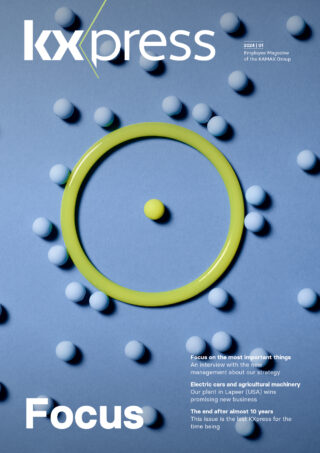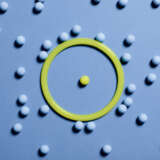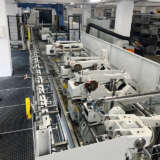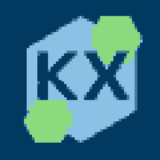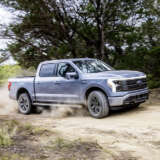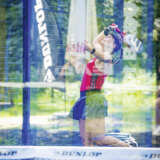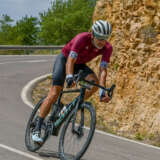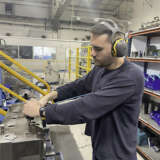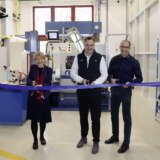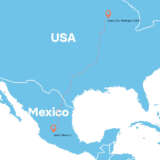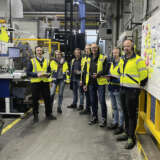Newer, faster, better
20% higher speeds, longer bolts and automated production steps: investments in the machine park are an important way to make production more efficient while simultaneously expanding our product range. We decided to take a look at three new machines that entered operation at our European locations in the past few months.
All-in-one bolt-making machine
Manufacturer: AMBA at the Homberg plant (Germany)
In Homberg we are now able to produce bolts that are especially long (up to 600 mm) with diameters of up to M8. The new machine is not your typical press: with the new process, prefabricated screw- and bolt-heads are placed on the shaft, meaning that there are now two parts. The new machine is both cleaner and quieter than other presses thanks to its elimination of the conventional forming process. At the same time, this machine is able to produce products (like battery bolts for electric vehicles) that could not have run on any KAMAX machine in the past on account of their length. With parts this long, the biggest challenge is achieving the necessary straightness. Although the machine was originally planned for Osterode, space has now been made for it in its new home in Homberg (Hall 35 behind the Tools building, better known as Domes).
MS 32-6
Manufacturer: INDEX at the Turnov plant (Czech Republic)
The new machine for secondary operations has a total of six spindles, two synchronous spindles and twelve tool heads, each of which has one or two processing axes. Parts are fed into the machine using a robot arm. The biggest advantage of this machine lies in the synchronization of its spindles, which allows for very fast cycle times. In addition, a Fanuc handling robot arm and a measurement line equipped with Keyence cameras are connected to the machine that are able to monitor 100% of all product dimensions.
The machine is used to process parts that our customers deploy in electronic brake boosters. The original technology was previously used in the Lynx 220 and TC10/2 machines, where we required two separate steps to produce these parts. We used two tools on the TC10/2 machine to process the guide and the precision connector, and the problem with this step was the fact that the parts were sometimes too short on account of impact of shavings on the parts. As a result, parts inspection had to take place entirely manually.
Drawing machine
Manufacturer: Kieselstein at the Osterode plant (Germany)
The ZV 35 is taking the place of the old ZV 20 in Osterode, which was nearly 70 years old (construction year: 1957). The new machine can draw wire as thick as 23 mm in diameter, meaning that it is also able to draw the products (especially wheel bolts) that have been taken over from Alsfeld. Before this, we had to use the drawing machines in Homberg to process these bolts before the parts could be delivered to Osterode. In all, we have invested approximately €1.2 million, incl. peripherals and construction work. One of the biggest benefits: the system can do 20% more work than before. The machine’s manufacturer, Kieselstein, had previously been commissioned to provide components for the Hyodong press and the AMBA machine in Homberg.
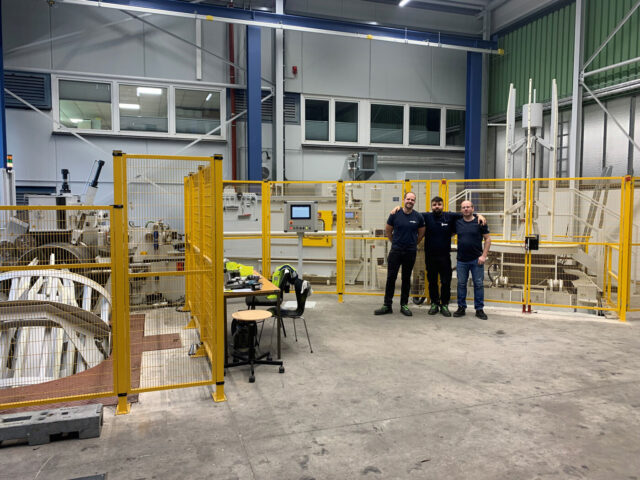
KXpress
